How Do Acoustic Panels Work?
If you’re in the market for some sound control, you may have come across acoustic panels as an option. Most of us are familiar with them. We’ve seen them in office buildings, restaurants, and recording studios. Seeing them there may make us think they’re expensive and out of reach. That may have been the case in the past, but acoustic panels are incredibly accessible today. They are available in every color under the sun and you can even print on them. All these features may have you asking, do acoustic panels work, and if so, how do acoustic panels work?
Acoustic panels are a simple concept that delivers big results. They’ll also function a little differently on your walls than they will on your ceiling. Understanding that difference is key to getting great results. But, once you have a basic grasp, you’ll have a much better understanding of how they solve sound problems. First and foremost, let’s look at the theory behind acoustic panels.
How do Acoustic Panels Work?
Acoustic panels serve a very simple purpose. They introduce porous materials and density to the space. When sound waves impact hard surfaces, they reflect back into the room. The flatter those surfaces the more direct the reflections. Direct reflections can lead to audio issues in rooms, like echo and reverberation.
Echo
You’re no doubt familiar with the sound of an echo. We play with it as kids and notice it occasionally in the real world. It may be more pronounced in large spaces like gyms and mountain valleys, but echo occurs in smaller spaces too.
Even if the echo isn’t as noticeable as it is in larger spaces, it can still cause problems with speech intelligibility. The reflected sound waves compete with our speech and that makes it harder to hear. As a result, we speak loudly to be heard. This only makes communication more difficult. So if there’s nothing to soak up those waves, they can build up and cause problems.
Reverberation
When reflected sound waves build up in the room, it creates what is known as reverberation, or reverb. Since those sound waves are reflected back into the room and don’t disappear, the result is additive. Those waves mix in the room and become louder together. This increases the overall ambient volume in the room and can become unpleasant if not taken care of.
The way to combat echo and reverb is to introduce dense, porous materials to absorb excess waves. The most popular way to do this is with sound panels. This is because they absorb vibrational energy better than most materials on the market, and they look great doing it.
How do Acoustic Panels Work to Reduce Audio Issues?
We’ve mentioned that acoustic panels absorb sounds, but what happens to those sound waves once they’re absorbed? Sound energy doesn’t disappear–it has to go somewhere. The answer is pretty cool.
Acoustic panels work to dampen sound waves, which means they convert vibrational energy into heat energy. Instead of passing through them and vibrating into the wall, those waves are converted into a small amount of heat. It’s not enough to heat the room, but it’s enough to prevent the vibrations from bothering the next-door neighbors. They may even help a bit with the noises coming from the other side.
When you mount your panels, proper placement is a huge part of getting great sound. So, how do acoustic panels work in your room when you choose one placement over another?
How do Acoustic Panels Work on Walls?
The most popular place people mount acoustic panels is on the walls. Acoustic wall panels cover sections of your wall to absorb sounds rather than reflect them. You still want reflective surfaces in your rooms to keep them sounding lively, so you don’t want to cover them completely. That’s why acoustic panels are such a great option, as they can be placed exactly where you need them to achieve the greatest effect.
If you’re placing fabric acoustic wall panels in a room where people gather, it’s helpful to hang them at levels where they’ll catch direct speech waves. These waves usually reflect at about 3-6 feet off the floor, since that range is at the level of most mouths. This placement helps prevent speech sounds from building up in the room.
If you are treating a music or media room, you’ll want to take the main speakers into account. Two of the most important places to add acoustic panels are the back wall and the first reflection points. You can identify the first reflection points by sitting in your normal seat and having a friend slide a mirror horizontally at your eye level. When you can see the left speaker in a mirror on the left, or the right speaker in a mirror on the right, you’ve found your first reflection points. Placing your panels in these key spots is essential to getting the best sound out of your media.
Sound panels for walls are also available in nearly any style you could want. They are readily available in a wide range of colors, but if you want more options, you can even print whatever you want on them. This choice of colors and prints makes them suitable for any interior design scheme you’re working with.
How do Acoustic Panels Work on Ceilings?
Another common place people mount acoustic panels is on ceilings. It’s one of the largest reflective surfaces in the room and can be greatly accented by acoustical panels. But how do acoustic panels work differently on the ceiling than on the wall? What’s the benefit?
Mounting Acoustic Panels Directly to the Ceiling
If you’ve got a flat ceiling, your simplest option is to mount your panels directly to the surface. To a great extent, this works similarly to wall-mounted panels. Mounting to the ceiling, however, is a great way to tackle different kinds of sound waves. Sounds that originate from movement often travel vertically and ceiling-mounted panels help absorb them.
Suspending Acoustic Panels
You can also suspend your acoustic sound panels from the ceiling. Going this route delivers slightly different audio experiences. It will depend upon how you choose to suspend the panels. You’ve got two basic options here. Either suspend them in a T-grid system or suspend them individually as ceiling clouds or baffles.
The T-Grid System
You’re likely familiar with suspended ceilings with a T-grid system. This is the type of metal frame with lay-in tiles you see in schools and office buildings. A metal grid is suspended from the ceiling and individual tiles are laid into the gaps. This type of construction has some great benefits.
First, they’re easy to install. You can probably do it yourself if you’ve got a few basic tools. Second, they hide anything above them. That means if you’ve got exposed pipes and ducts, you can block them from view. Acoustical panels also provide the added benefit of silencing some of the noise those utilities cause when they run. And if you ever need to repair overhead parts, you can simply slide a panel out, fix what needs to be fixed, and replace the panel. No holes to patch.
If you’ve already got a T-grid system and want to upgrade on a budget, you can add an acoustical backer to your panels. If the panels are porous, this will help absorb some room sound. The bigger benefit comes in reducing noise from overhead pipes and ducts. Keeping those sounds down makes communication easier by making the room quieter.
Ceiling Clouds and Baffles
Another option you have is to suspend the panels themselves. Depending on how you hang them you’ll get a different visual and acoustical effect. Many people like to hang parallel sound baffling panels to create a linear look. It adds good visual length to the room and works wonders on the acoustics.
Another very cool look is to hang ceiling clouds. Ceiling clouds are panels that are hung flat or at a slight angle to look like acoustic clouds floating overhead. Plus, they absorb a good amount of sound. Whichever style you prefer, you’re in for some great acoustical benefits.
Suspending ceiling clouds and baffles create a different effect on the acoustics than the wall-mounted variety. Since they are suspended from the ceiling and dropped into the room, they absorb sound waves as they travel across the space. This prevents those waves from even reaching the other side of the room. This makes them a great way to eliminate reverb.
How do Acoustic Panels Work in Other Locations?
We’ve covered the most popular places to mount panels. While these places produce the most value, there are other great options out there too. Depending upon how you use the space, there may be creative locations that could benefit from acoustic panels.
If you’re treating an office space with cubicles, try introducing some panels there. They’ll help keep the clacking of keyboards down and give people a little more privacy when they speak. If your late-night TV binges keep people awake in the next room, try adding some panels between the speakers and the wall. The options are endless.
Now that you can answer the question, “How do acoustic panels work?”, you’re ready to talk to a professional. That’s the best way to get the results you’re after.
Working with Pros
As audio pros, we’ve seen it all. We know how sound travels through space and how to absorb, trap, and block it from traveling through walls. Our knowledge and hard work can save you loads of time and money. We’ll ensure you get the right products and that they’re mounted in the best locations for your space. You’ll love the look and sound of your new room–and so will your family and friends! And then when one of them asks you, “How do acoustic panels work?”, you’ll be able to fill them in on how your new toy can improve any space.


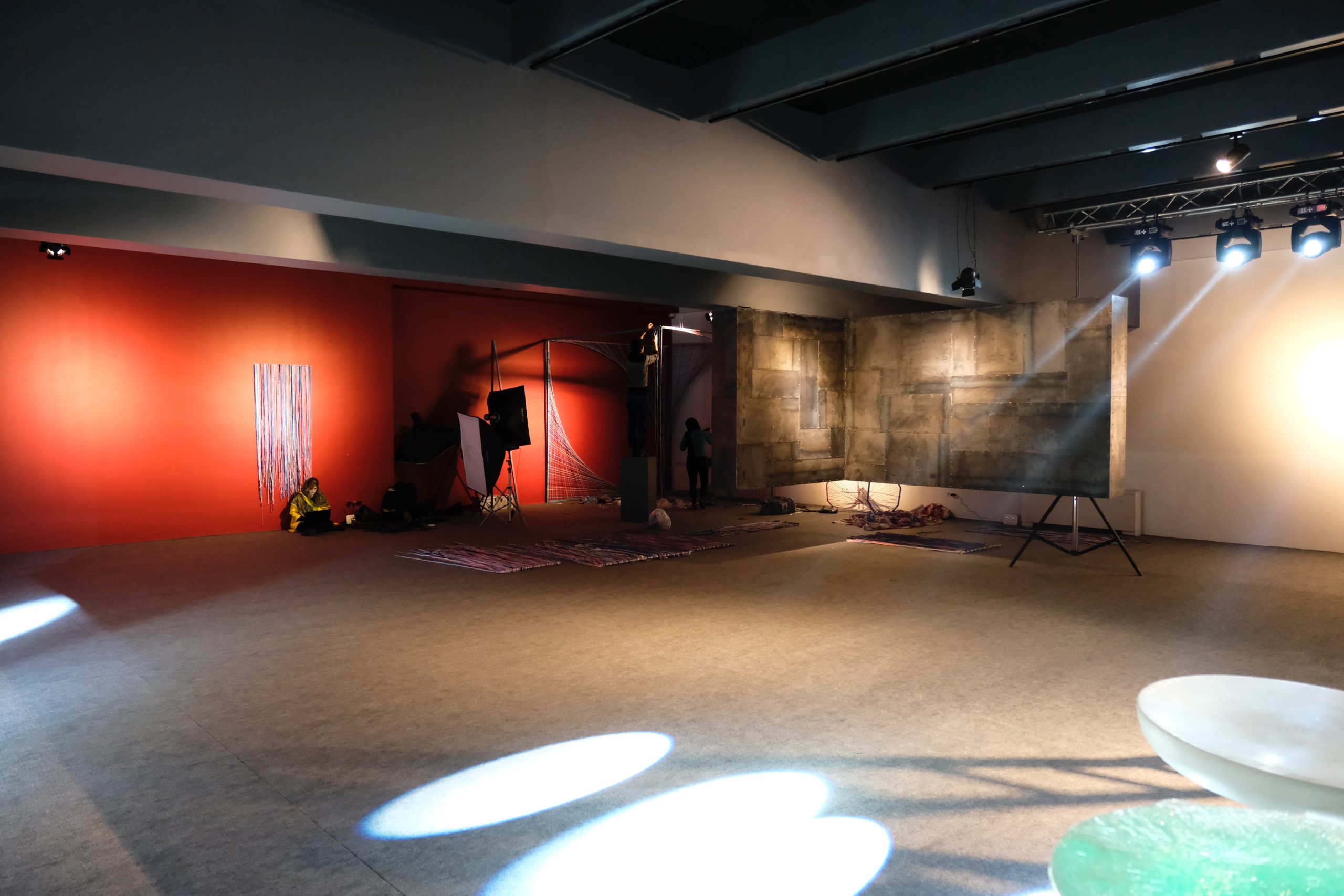


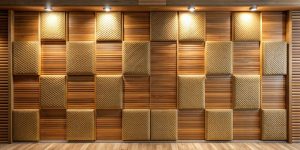
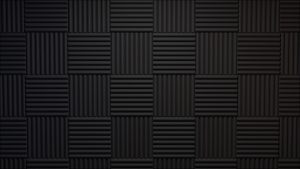
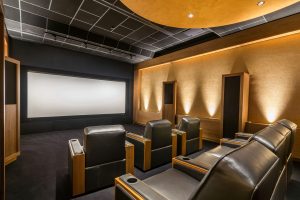




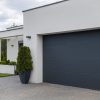





Leave a reply
You must be logged in to post a comment.